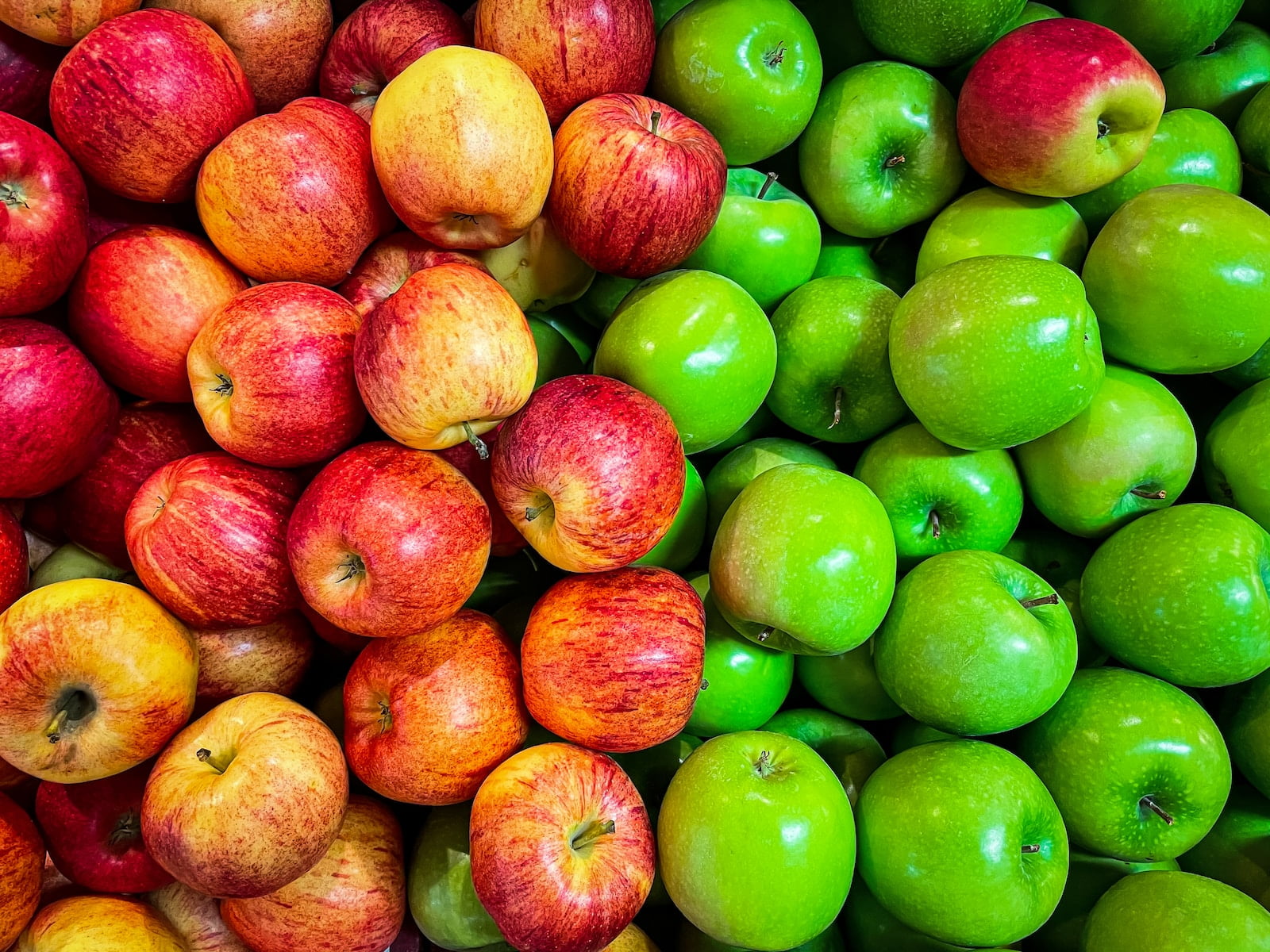The FODMAP diet is a dietary plan that is designed to help manage the symptoms of irritable bowel syndrome (IBS) and other digestive disorders. FODMAP stands for “Fermentable Oligosaccharides, Disaccharides, Monosaccharides, and Polyols,” which are types of carbohydrates that are poorly absorbed in the small intestine. By following the FODMAP diet, individuals with IBS and other digestive disorders may be able to reduce their symptoms, such as bloating, abdominal pain, and diarrhea.
Here is a step-by-step guide on how to follow the FODMAP diet:
- Consult with a healthcare professional: Before starting the FODMAP diet, it’s important to speak with a healthcare professional, such as a registered dietitian or a gastroenterologist. They can help you determine if the FODMAP diet is right for you and provide guidance on how to properly follow the diet.
- Start with the elimination phase: The FODMAP diet consists of two phases: the elimination phase and the reintroduction phase. During the elimination phase, you will need to eliminate all high FODMAP foods from your diet for a period of time (usually 2-6 weeks). This is to determine which FODMAPs are causing your symptoms.
- Follow a low FODMAP diet: During the elimination phase, you will need to follow a low FODMAP diet. This means avoiding foods that are high in FODMAPs and focusing on foods that are low in FODMAPs. Some examples of high FODMAP foods include onions, garlic, apples, wheat, milk, and beans. Some examples of low FODMAP foods include rice, chicken, eggs, lettuce, and carrots. It’s important to note that the FODMAP content of foods can vary, so it’s important to check labels and use resources such as the Monash University FODMAP Diet app to help guide your food choices.
- Keep a food diary: It can be helpful to keep a food diary during the elimination phase. This will allow you to track your symptoms and see if there are any patterns or triggers. It can also help you and your healthcare professional determine which FODMAPs may be causing your symptoms.
- Reintroduce FODMAPs: After the elimination phase, you can start the reintroduction phase. During this phase, you will slowly reintroduce FODMAPs back into your diet one at a time to determine your tolerance level. This can help you determine which FODMAPs you can tolerate and in what amounts.
- Create a balanced and varied diet: While following the FODMAP diet, it’s important to focus on creating a balanced and varied diet. This means including a variety of low FODMAP foods, as well as other nutrient-dense foods, such as fruits, vegetables, lean proteins, and healthy fats. It’s also important to pay attention to your overall nutrient intake and ensure you are getting enough of the nutrients your body needs.
- Seek support: Following the FODMAP diet can be challenging, so it’s important to seek support from your healthcare team and others who are also following the diet. There are also online communities and resources available that can provide support and guidance.
By following these steps, you can effectively follow the FODMAP diet and help manage your symptoms of IBS and other digestive disorders. It’s important to note that the FODMAP diet is not a long-term solution, but rather a tool to help manage your symptoms. It’s important to speak with a healthcare professional to determine the best course of treatment for your individual needs




























